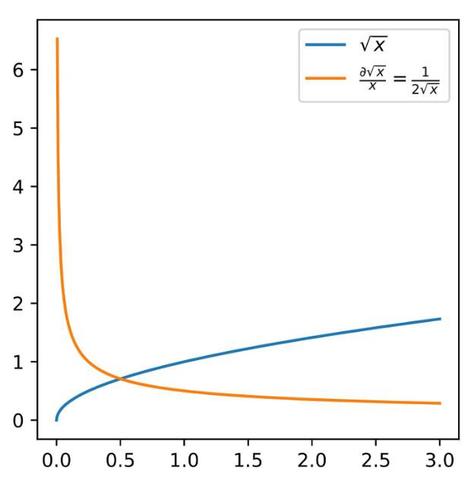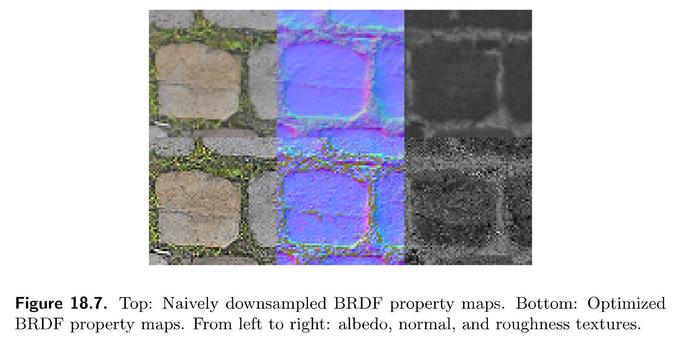The GPU Zen 3 book is out, perfect timing for the Holiday Season! https://www.amazon.com/GPU-Zen-Advanced-Rendering-Techniques/dp/B0DNXNM14K
So many fantastic-looking articles!
Together with my teammates, we have also contributed a chapter: "Differentiable Graphics with Slang.D for Appearance-Based Optimization".



